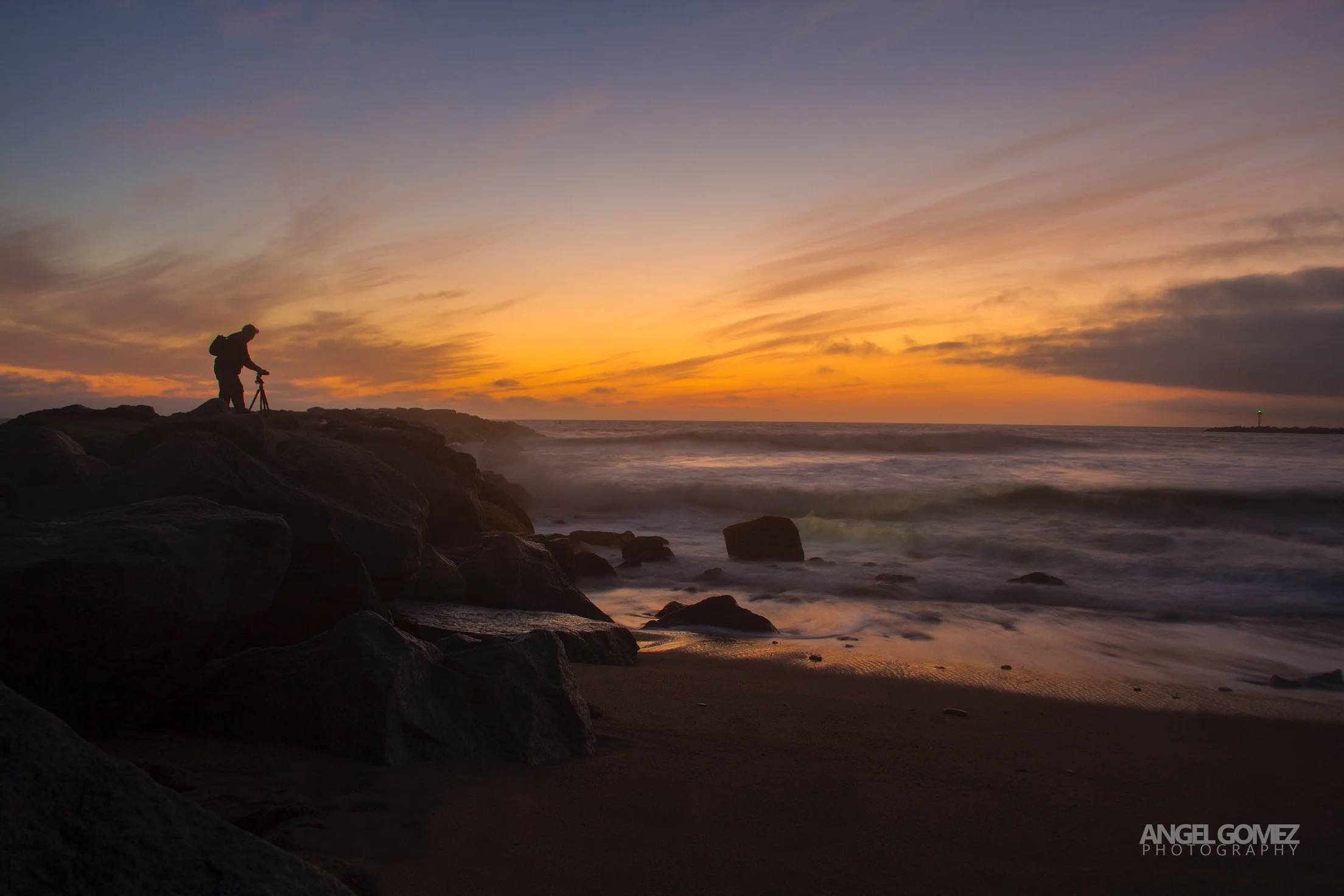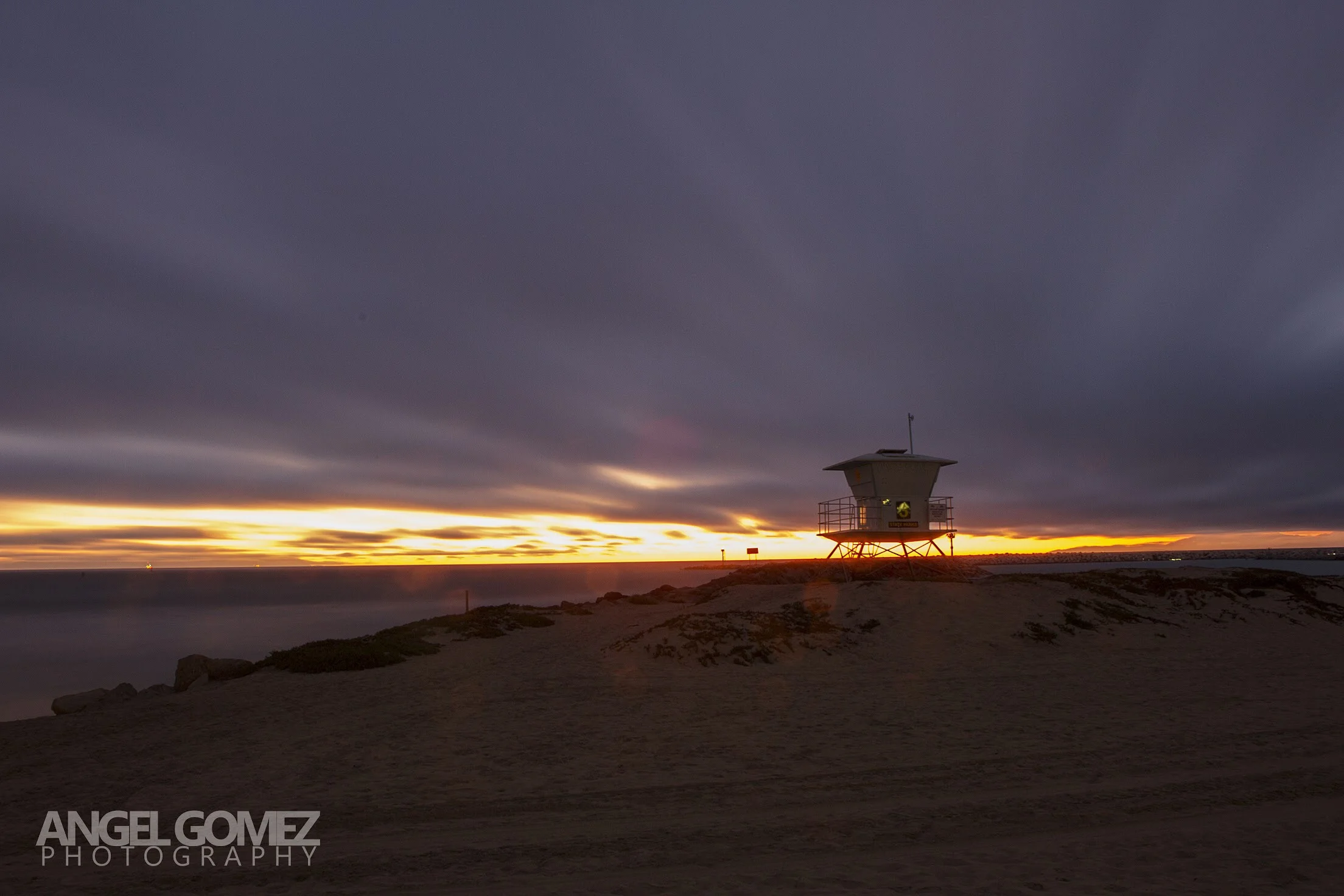Negative Space in Photography: Why Less Can Be More
Welcome back to our ongoing Photography Composition Series. So far, we’ve explored the Rule of Thirds, Leading Lines, and Framing, all tools that help you structure and guide your viewer’s eye. This week, we’re doing something different by embracing what’s not in the frame.
Let’s talk about Negative Space, a technique that uses emptiness to give your subject breathing room, draw attention, and evoke emotion. When used correctly, negative space can be just as powerful as your subject.
What Is Negative Space?
Negative space is the empty or open area that surrounds your main subject in a photo. It’s everything that isn’t the subject, such as a blank sky, an open wall, an out of focus background, or even shadows. This space serves a purpose: it helps isolate your subject, emphasize it, and create a sense of calm, scale, or solitude.
Why Negative Space Matters
Here’s what makes negative space such a valuable tool in composition:
Draws attention to the subject
With less distraction in the frame, the eye naturally lands on the point of interest.Creates simplicity and balance
Negative space introduces calmness and symmetry, making the photo more digestible.Adds emotion and meaning
Whether it’s loneliness, freedom, or mystery, empty space helps set the mood.Improves storytelling
Sometimes, what’s not shown helps the viewer imagine more than what is.
How to Use Negative Space in Your Photos
1. Keep It Simple
Use clean backgrounds like skies, water, walls, or shadows to surround your subject.
2. Place the Subject Thoughtfully
Apply the Rule of Thirds to place your subject off-center, leaving room around it. Let the emptiness guide the eye.
3. Shoot Wide or Zoom Out
Instead of filling the frame, try stepping back to show your subject small in a large scene.
4. Look for Contrast
Light subjects on dark backgrounds (or vice versa) enhance separation and make your subject pop.
Types of Negative Space in Photography
Minimalist Skies
Think of a bird flying through a wide, blue sky, the simplicity draws you in.Architectural Isolation
A lone figure walking in front of a large, plain wall makes for striking contrast.Nature and Scale
Place a subject in a vast desert, field, or shoreline to show scale and solitude.Shadow and Light
Use darkness as your negative space, especially in moody portraits or black-and-white shots.
Real-Life Example
Picture a silhouette of a model standing on the beach at sunset. Instead of crowding the frame, you step back and leave most of the image filled with the sky and ocean. The result? A striking sense of freedom and serenity, with the subject small but powerful in the scene.
When Not to Use Negative Space
There are times when a photo needs detail, like storytelling portraits, event photography, or documentary work. If too much space feels empty or disconnected from your subject, pull back and recompose.
Final Thoughts
Negative space isn't about taking something away, it's about knowing when less is more. This technique encourages you to slow down, shoot intentionally, and think about your frame in a more artistic way. It’s one of the most poetic tools in photography, and mastering it will elevate your visual storytelling.
📸 Next Week’s Topic: Symmetry Creating Balance and Order in Your Photos
Learn how mirrored and balanced compositions can captivate the viewer.



